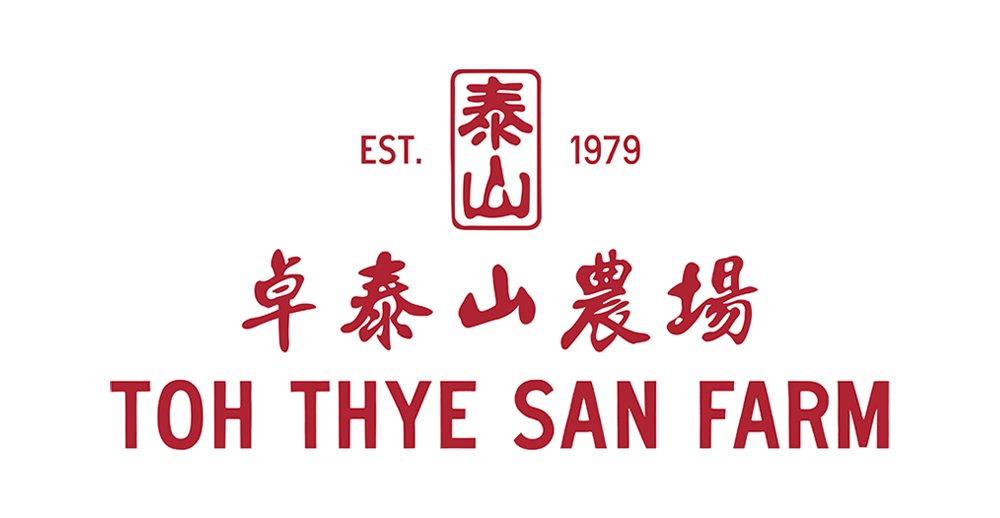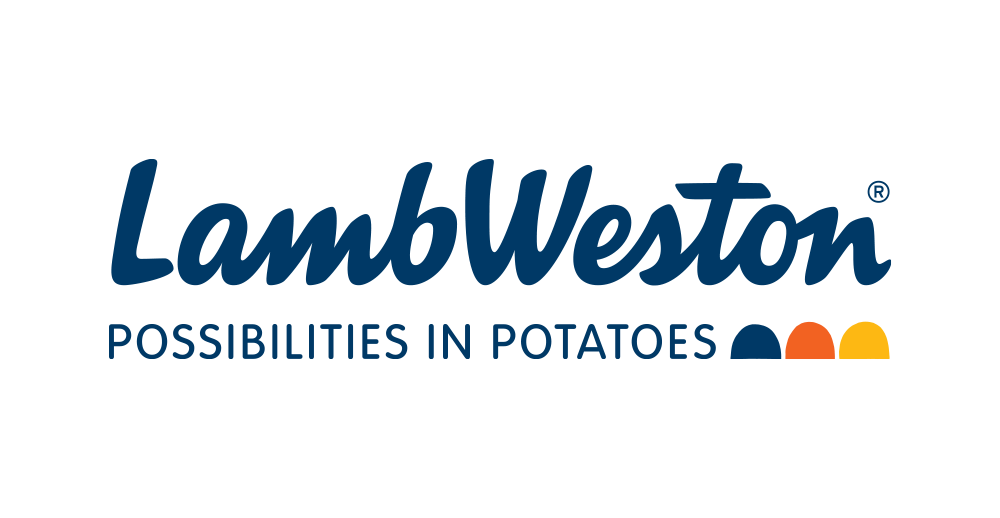
MicrosoftTeams-image (31)
The alternative protein industry in Asia ticks many boxes for a classic modern business school case study. Four main themes that dominated the Alternative Protein Asia conference in at FHA-Food & Beverage in April included: the sustainability challenge; varying consumer attitudes; business and operational challenges; and the influence of governments and regulatory forces. The latter theme was viewed particularly through the Singapore experience although local examples and companies were predominantly used as points of reference throughout the conference. This summary of the conference themes has been put together using Chatham House rules, with no specific attribution to speakers or members of the audience.
Consumer attitude challenges
Differences in consumer tastes in Asia with the West
Much of the meat alternatives have been produced by western companies around western food choices such as burgers etc. Plant-based diets have been popular in Asia for centuries and perhaps some of the plant-based hype is being lost on the traditional Asia diets – and is also perhaps not being counted as ‘meat substitutes’ since tofu and tempeh are not regarded as such in the region.
Consumer reluctance with alternative protein
There was a lot of discussion around the idea that the main problem preventing growth of the sector was due to the alternative protein industry being unable to convince enough flexitarians (or regular people) to switch to alternative proteins at a fast enough rate. Almost all speakers agreed that the industry was not moving quickly or smartly enough to be able to convert consumers in sufficient quantities to alternative proteins.
Consumer demographics take up of alternative protein
Many panellists and delegates shared the view that demand for alternative proteins will be driven by Gen Z and Gen Y with their tendency to use social media to promote their sustainable lifestyles. (“The phone eats first” as one speaker put it). The perception was that the move to alt-protein from the flexitarian sector is being driven particularly by young affluent health-conscious females of Gen Z and younger Gen Y. The uptake in Asia (and probably other parts of the world) was also felt to be dependent on the metaphorical and literal buy-in of mothers, being the traditional shoppers and preparers of family meals.
Consumers feeling healthy and happy most likely to accept the idea of cultivated meat
According to a study from Singapore Management University (SMU) based on Singapore-based respondents, people who have a high sense of well-being are likely to be most receptive to the concept of cultivated meat. People who are less receptive tend to have concerns over the integrity of scientific experiments and to be politically conservative. Several speakers referred to consumer and political concerns particularly in EU countries over genetically modified foods, which has restricted uptake of these products globally. According to the SMU study, respondents who felt higher levels of concern over the idea of tampering with nature, tended (counterintuitively) to be slightly more willing than others surveyed to sample cultivated meat.
The sustainability challenge
The need to embrace alternative proteins
The demand for food is expected to double by 2050 along with the CO2 emissions according to the Good Food Institute (GFI). As populations increase and countries get richer, meat consumption increases proportionately in most countries except India. Livestock production and the supply chain for animal protein are destructive to the environment and consume significant resources and cost in land, feed and distribution. Countries are also looking to food security to be less reliant on imports, looking to see if local laboratories and factories can replace grazing fields and farms in other parts of the world. Health concerns over animal proteins and challenges with ensuring a refrigerated supply chain is particularly strong in Asia compared to the rest of the world.
Other challenges around food
The global food supply chain is rife with inefficiencies. 1/3 of food produced goes to waste. More than 50% of SE Asia’s waste is food waste. Climate change and extreme weather events regularly cause havoc to regular farming methods disrupting supplies and causing massive price fluctuations in commodities.
Business and operational challenges
Challenges in getting investment in alternative protein companies
Share valuation for alternative protein companies such as Beyond have dropped considerably since the highs of 2019. There has been a corresponding significant reduction in investment for alternative protein companies in 2022 especially in developed countries – although the overall the trend is still positive according to GFI.
Branding strategies of alternative protein companies
Branding strategies of the main players were identified as falling under three categories, legacy, sustainability oriented and new. The legacy category refers to more established alternative protein brands that have not really changed their branding. The sustainability-oriented brands emphasise the environmental missions of the companies behind them. The new positioning brands were seen to be framing their products under different thinking not necessarily associated with comparisons to animal proteins or an environmental message. The thinking behind this latter framework is that in order to achieve change, new concepts and ideas have to be tried. One of the speakers pointed to the success of Oatly showing how their brand of oat milk was successful because the taste sells itself – and that Oatly was no longer trying to make comparisons with cow milk.
Hybrid or blended proteins as the future
Blended proteins containing plant-based and real meat may well get more immediate consumer support due to the ability to retain the taste of meat combined with additional fibre. One example discussed was consumer acceptance of processed meats such as sausages or burgers which may contain only 50% meat (in Australia). Hybrid proteins combining plant-based meat with products developed through precision fermentation which uses microbial hosts to produce specific protein ingredients (e.g. the Impossible burger which contains an ingredient called leghemoglobin that produces iron and gives the meat-texture) are also likely to prove popular.
Challenges with precision fermentation
Precision fermentation requires a very high capital investment and consumes a lot of energy. In some countries equipment used by the pharmaceutical industry cannot be used for novel food production for regulatory reasons. The use of artificial intelligence (AI) to model outcomes for the development of novel foods (e.g. experimentation with different ingredients) would help to speed up the research process, but can only be effectively achieved if all developers pool their data. At present this is only happening in a few cases at a country level.
ESG strategies for alternative protein companies
Although alternative protein companies are usually environmentally-friendly, entrepreneurs would be well advised to analyse the environmental, social and governance components of their full value chain as these issues will get evaluated by investors and are expected to get more rigorous over time.
Ecosystem of alternative protein providers
Panels noted the advantages in the early establishment of the eco-system as has happened in Singapore – and to an extent in other countries such as Israel and USA. The different eco-systems for the three main pillars of alternative protein (cultured meat, plant-based, fermentation) can be symbiotic and can also leverage legacy operations from the regular food and beverage industry – e.g. distribution to foodservice operators, conferences on the alternative proteins topic and more.
Government and regulatory challenges – and the Singapore experience
Government involvement in the eco-system
Discussions looked at the example of Singapore where the government has been very quick on regulatory approvements, on developing the eco-system and providing an environment that is supportive and enthusiastic about all pillars of alternative protein. This has been helped by the ’30 by 30’ target from the Singapore government to ensure 30% of the country’s food supply is domestically generated by 2030.
The Singapore foodservice experience
The strong ecosystem in Singapore and government backing has contributed to a particularly receptive culture towards alternative protein which has developed substantially in recent years and can be seen in the restaurant sector. Abillion data suggests a 28 times increase in the availability of alternative proteins over the last 5 years in Singapore restaurants. GlobalData puts Singapore as in the top 5 countries globally for the availability of ‘meat substitutes’ in restaurant menus.
Regulatory environment for alt protein
Singapore was regarded as being one of the most advanced countries in terms of its regulatory environment for alternative protein followed by the USA. Singapore Food Agency (SFA) who is in charge of regulation shares its best practices with other countries. Other countries that were developing regulatory systems favourable to the establishment of alternative proteins were Israel, Australia, New Zealand, Japan, South Korea and China.
The Singapore regulatory advantage
Some of the systems that Singapore had established with the SFA were judged to be beneficial towards the development of alternative proteins included the bi-monthly novel food development virtual clinics, along with the pre-market assessment offering and the testing options for products that have yet to achieve regulatory approval. Singapore was referred to by one of the speakers as “the Silicon Valley of alternative proteins”.
The Singapore market disadvantage
Speakers referred to the high manufacturing costs in Singapore and the limited local market, particularly the lack of plant-alternatives in the local supermarkets compared with Europe and USA. This was despite the high uptake of meat-alternatives in Singapore restaurants. One of the speakers said that there was not a sufficient government push to raise consumer health concerns around animal proteins in Singapore compared with other western markets. One speaker suggested that all alternative proteins needed a government-approved third-party labelling to assure consumers of the healthiness of the product to overcome concerns over processed food and unknown ingredients. Several panellists and speakers voiced the opinion that the alternative protein industry is at a nascent stage of development and hence that the sort of challenges raised in the conference (e.g. consumer acceptance, economies of scale in development, getting regulatory approval) were to be expected at this stage. Overall, the mood was optimistic about the growth of the sector, although the need for a supportive government push was seen to be critical for success for the industry due to the need to nudge consumers, support new entrants and fast-track regulatory approvals.
This excerpt was contributed by knowledge partner:



























